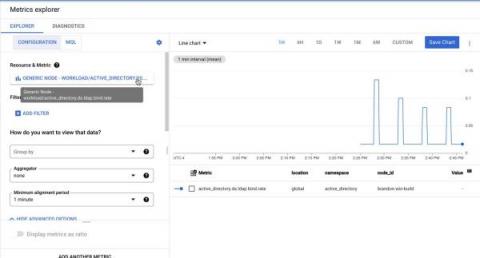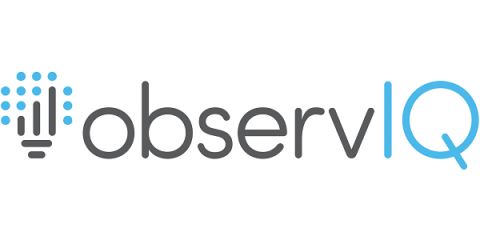Auto-Instrumenting NestJS Apps with OpenTelemetry
In this tutorial, we will go through a working example of a NestJS application auto-instrumented with OpenTelemetry. In our example we will use a simple application that outputs “Hello World!” when we call it in the browser. We will instrument this application with OpenTelemetry’s Node.js client library to generate trace data and send it to an OpenTelemetry Collector. The Collector will then export the trace data to an external distributed tracing analytics tool of our choice.











